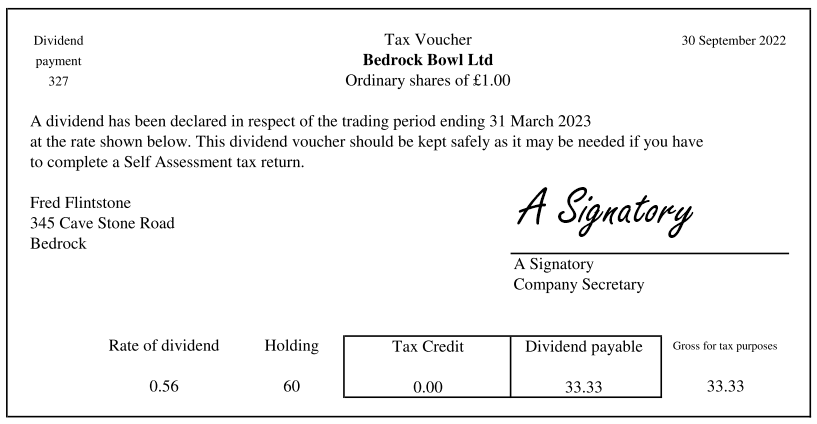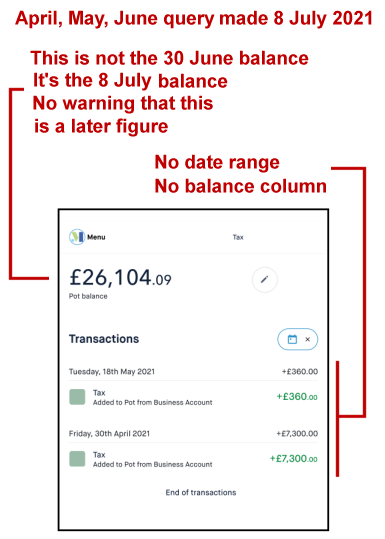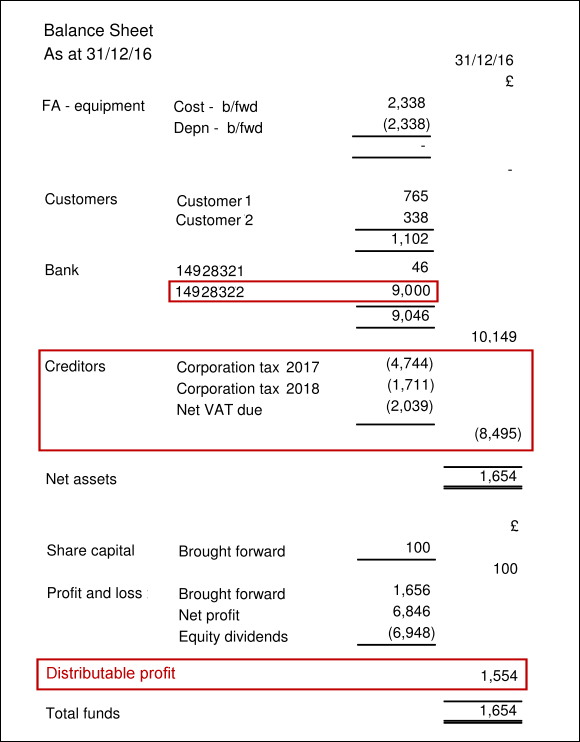Wouldn’t it be nice if you could have a Universal Problem Solving Technique which could help you solve any problem?
Yes, we think so too.
So at Proactive Towers in 2005, we set about building a Universal Problem Solving Technique (UPST). It’s a constantly evolving set of documents and we realise that our version of the UPST is not the same one that everybody needs. It’s simply the UPST that works best for us.
There are probably as many UPSTs as there are businesses on the planet. That shouldn’t stop you from building and using your own. It improves efficiency and it helps speed up your processes. That leads to increased profits.
Here are a few insights into ours to help you get started.
The Universal Problem Solving Technique starts with a set of approximately 10 flowcharts, and is backed up by a knowledge base which runs to over 500 articles. It didn’t all happen in one day!
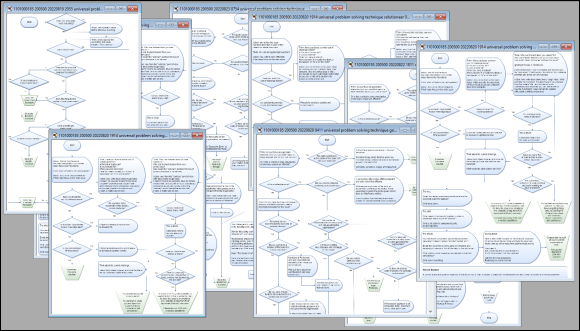
Decades later, various bits of this massive edifice are tweaked on a regular basis. The world changes, life changes, and our UPST changes. Regular work does not require a check of the core UPST. The core is used when some delicate matter needs attention. It’s the lubricant which reduces friction when dealing with customers, suppliers, staff and assets.
- How do we respond to (our customer) Fred?
- How do we respond to (our supplier) Wilma?
- How do we handle (our employee) Barney?
- How do we handle the failure of (our equipment) Betty’s laptop?
Imagine that you own an old second hand car. At some point you’re going to dispose of it, because the repeated cost of maintenance and repairs outweighs the utility of keeping it. The UPST addresses that. It’s both an art and a science, and we’re trying to build a systematic and useful tool which minimises wasted time and money. Is that something that interests you?
A sample of the flowcharts was presented at the DDD North conference in 2022. It starts with a “Pioneer” flowchart which determines the route to be taken through the UPST. That quickly leads to a further flowchart related directly to the problem at hand. The “business” flowchart is illustrated below. This particular flowchart is the one which applies when you are the proprietor of the business. There are different flowcharts when the business in question is not your own.
In business, having the right information to hand helps with decision making. Hence this flowchart starts by referring you to a 1988 advert by a company called Informix. In the days before the web (and back when scanners were low quality) we saw this in a newspaper and kept a copy. It shows a black and white street map of central London, with half of the road names missing, and boldly proclaims:
Incomplete information will get you precisely nowhere

In order to even start addressing your problem you may need to ask your counterpart to provide more information. We sometimes end up having to do a bit of forensic accounting, and we sometimes dismiss a client. It all depends on how much information we can gather.
It’s also important to discuss the perennial “why” question. The sort of thing that the average 3 year old will repeatedly ask. All the staff at Proactive Towers are familiar with this story.
| The perennial “why” question
The ultimate answer to a series of “why” questions is always: “sub-atomic particle physics” After a few authentic questions and responses, the answer eventually becomes “sub-atomic particle physics”. That same answer is then given repeatedly, until one of the participants gets bored or dies. |
Assuming that you now have adequate information, do you still need to use the UPST? If you do, then it guides you to your solution. Here is the promised extract of the “business” flowchart. It’s been drafted to help with our internal business affairs, and also to help our coaching clients run their businesses. That explains why some bits have interesting questions, and why some bits are redacted. Note also that all clients are graded from A to D.
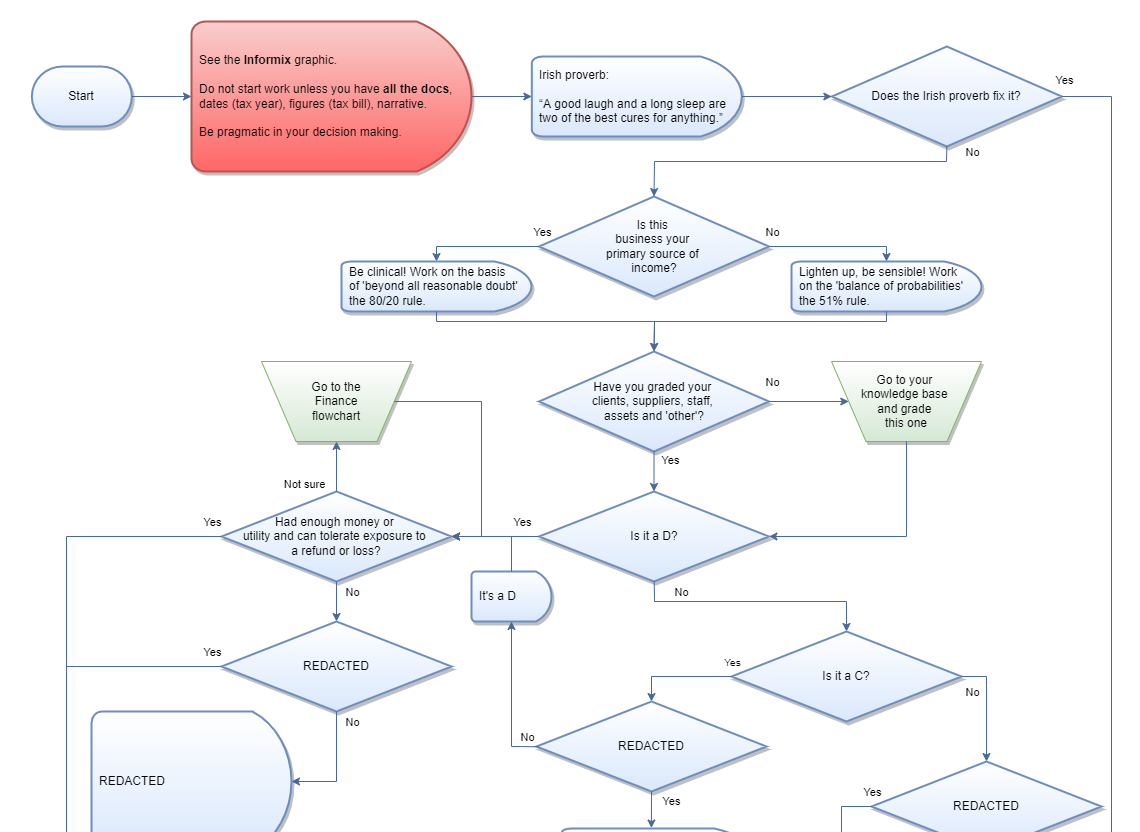
Occasionally, you may start with the “Pioneer”, follow a route through one or more additional flowcharts, consult the knowledge base, and learn that there is no ready made solution to help you. You end up at the opposite end of the UPST to the “Pioneer” flowchart and find yourself at the aptly named “Solutioneer” flowchart. Yes, you’ve guessed it! It’s a process that tells you how to build a new process and to either add it to the knowledge base, or modify the flowchart(s), or both.
That’s why the UPST is a constantly evolving set of documents!
Paul is also a business coach. Would your business like a helping hand?



